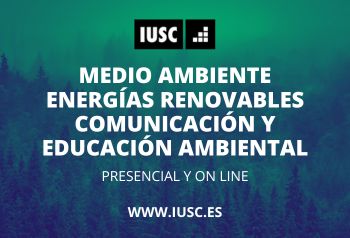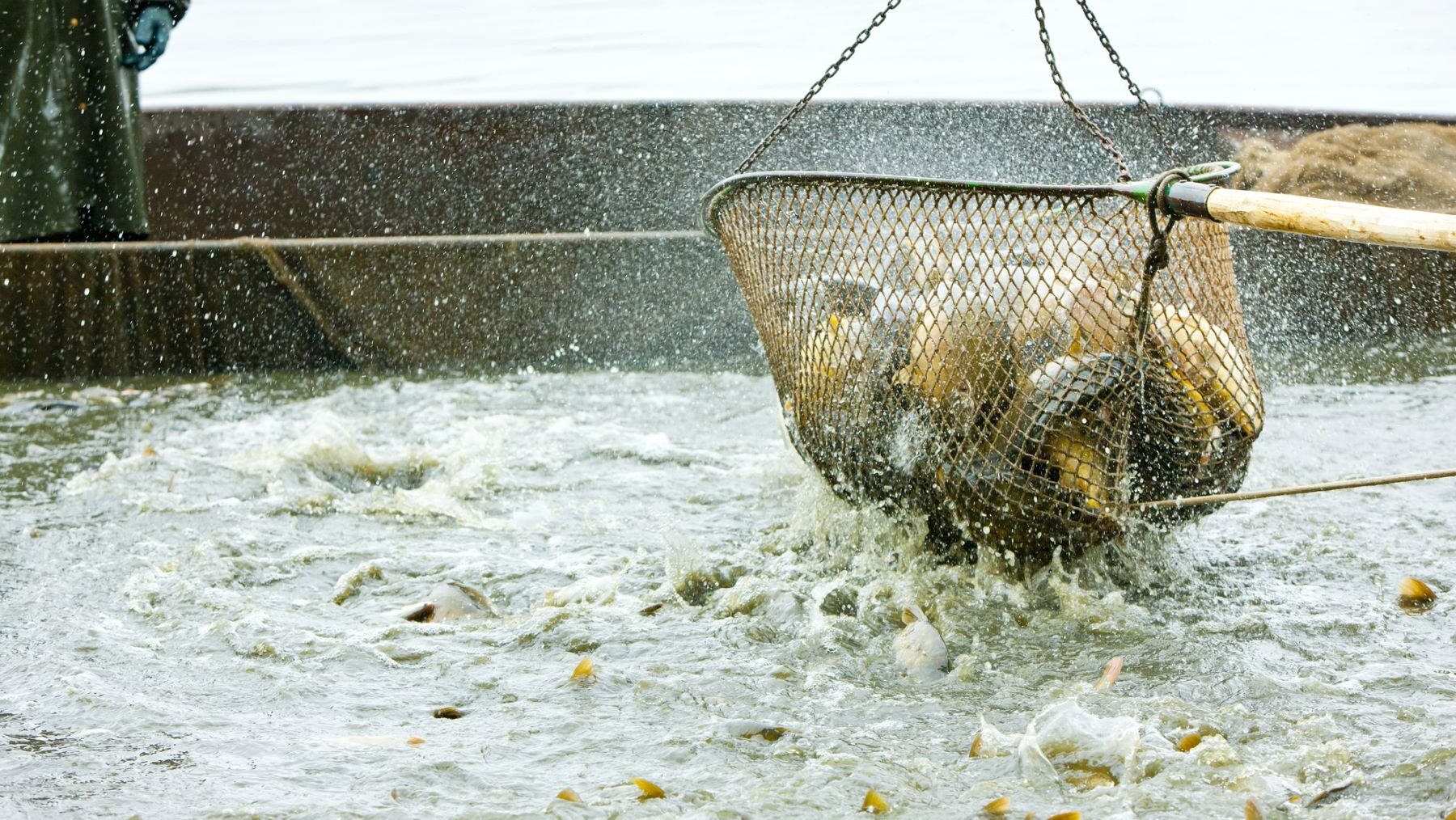The Animal Welfare Observatory has asked the Animal Welfare Education Center for a report. This is a start-up from the Autonomous University of Barcelona animal welfare research. The conclusions were very clear: it is recommended that before the slaughter of sea bream and sea bass, an efficient stunning system is implemented, which prevents stress and suffering, considered forms of animal cruelty.
The Animal Welfare Observatory (OBA) has commissioned the Animal Welfare Education Center (AWEC) to write a scientific report to feasibility of implementing effective stunning in sea bream and sea bass production. The start-up from the UAB Faculty of Veterinary Medicine has been investigating the project from 2023 to mid-2024.
No more suffering and stress for fish
The document, entitled “Report on the feasibility of implementing pre-slaughter stunning in sea bream and sea bass”, states that “Fish (including sea bream and sea bass) are sentient, sentient creatures.This means that they are able to experience pain, fear and stress.” And he concludes that “it is recommended to pre-apply effective anesthesia that causes a rapid loss of consciousness and thus prevents suffering.”
According to the report, slaughtering sea bream and sea bass without prior effective stunning causes the animals to take between 7 and 34 minutes to lose consciousness, exhibiting behavior indicative of stress and suffering.
The method, which they call ‘ice cooling’, is described in the report as ‘the immersion of fish in a container or pond to which ice is added‘ and they confirm that ‘it is not considered humanitarian.’


As an alternative, the start-up recommends in its report electrical stunning methods, a practice already used commercially in the Eastern Mediterranean, to ensure rapid loss of consciousness, because “improve animal welfare and product quality”.
From AWEC they believe that the European Union should legislate, including species-specific aspects of the fish welfare in aquaculture. The European Commission confirmed in June this year, in response to a parliamentary question from OBA, through Stella Kyriakides, that “more specific requirements for the slaughter of the main species pieces of fish farming” in the review of animal welfare legislation currently underway.
OBA presented the results of the report at the third conference of the Scientific Network for Animal Welfare (RedCIBA), on September 19-20 at the Polytechnic University of Valencia. This year the conference focused on the human-animal relationship to improve the well-being of both.
Míriam Martínez, responsible for Fish Welfare at OBA, explains: “we are pleased with an objective and scientific document that advocates the electrical stunning of sea bream and sea bass. Major companies in the sector have already committed to this Stun fish efficientlybut there are still producers who continue to use ice slaughter, which is discouraged by the Spanish Aquaculture Business Association (APROMAR).” And he adds: “We believe that companies are not yet stunning consumers pieces “They must publish their firm commitment to change their process by 2027.”
In Spain the Sea bass is the most commonly produced farmed fish specieswith more than 23,000 tons per year. Sea bream, with almost 9,000 tonnes, is the second species farmed in marine aquaculture.
According to data from the Ministry of Agriculture, Fisheries and Food, this is the case 82 fish farms in Spain permitted for these species, which are mainly found in Andalusia, the Valencian Community, the Canary Islands and the Murcia region.

